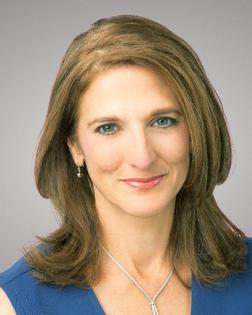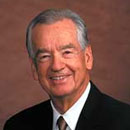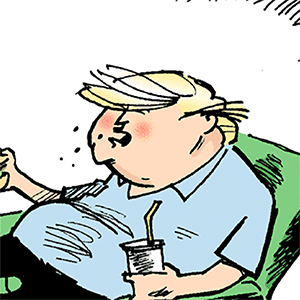Jill On Money: The great lock in
Every so often, there’s a new twist on an old financial planning idea. A recent example was the “FIRE” movement (“Financial independence, retire early”), which became mainstream in the early 2010s.
The idea behind it was to become an ultra-saver as soon as possible, in order to have more flexibility later in life. Peter Adeney, aka blogger Mr. Money Mustache, became the poster child for the movement, which he later explained was less about retirement and more about having “complete freedom to be the best, most powerful, energetic, happiest and most generous version of You that you can possibly be.”
At the time, many oldster financial talking heads dismissed FIRE as a naïve attempt by millennials to stop working, but I was all aboard the movement that encouraged people to take control of their financial lives.
Who could call into question a movement that is grounded in concepts like: don’t spend more than you earn; reduce major expenses with cheaper alternatives; avoid debt; cultivate side hustles or part-time work; invest in low-cost index funds; and do not withdraw too much from your retirement account?
The financial planning movement du jour that is causing an eye roll here and there is a TikTok campaign called “The Great Lock In.” The phrase “lock in” means to focus intensely on a task, and in this iteration, it kicked off the last four months of the year by encouraging people to refocus their attention on any goal that they seek to achieve, rather than wait until the January ritual of setting New Year’s financial resolutions.
There are no set rules for The Great Lock In, which is why I am a fan of it —locking in allows anyone to think through their financial priorities and then attempt to lay out specific steps to achieve them.
If you are feeling stuck, here are some suggestions to get you started (warning: Most of these ideas are retreads of the stuff I encourage you to do all the time, but I am happy to dress it up in a new way to capture your attention!):
That way, you can start 2026 with a better understanding of how much money is available to fund any goal. Because we are so close to the holidays, tracking can also help determine how much money you can really afford to spend, before you create your gift list.
Accumulate an emergency reserve fund of 6 to 12 months of living expenses. Every extra $5 will help!
Whether it’s a credit card balance, a car loan or student loans. Again, the idea is to automatically put a little bit more money towards your efforts.
Review your contributions to your work-based plan and make sure that you are contributing up to at least the match. If you think you can squeeze out a little extra money, up your contribution by a percent or two.
If you don’t have a plan through work, then lock in on opening a Traditional or Roth IRA at a firm like Vanguard, Fidelity, Charles Schwab, all of which offer these accounts and low-cost index funds that can help you start.
If you haven’t done so in a while, update your LinkedIn profile and fire up your network. Try to set a goal of connecting with at least one person per week before the end of the year. Be sure to respond to any inquiries that have been lying dormant. Helping someone else now may be a boost to you in the future.
_____
_____
========
(Jill Schlesinger, CFP, is a CBS News business analyst. A former options trader and CIO of an investment advisory firm, she welcomes comments and questions at askjill@jillonmoney.com. Check her website at www.jillonmoney.com)
©2025 Tribune Content Agency, LLC















Comments